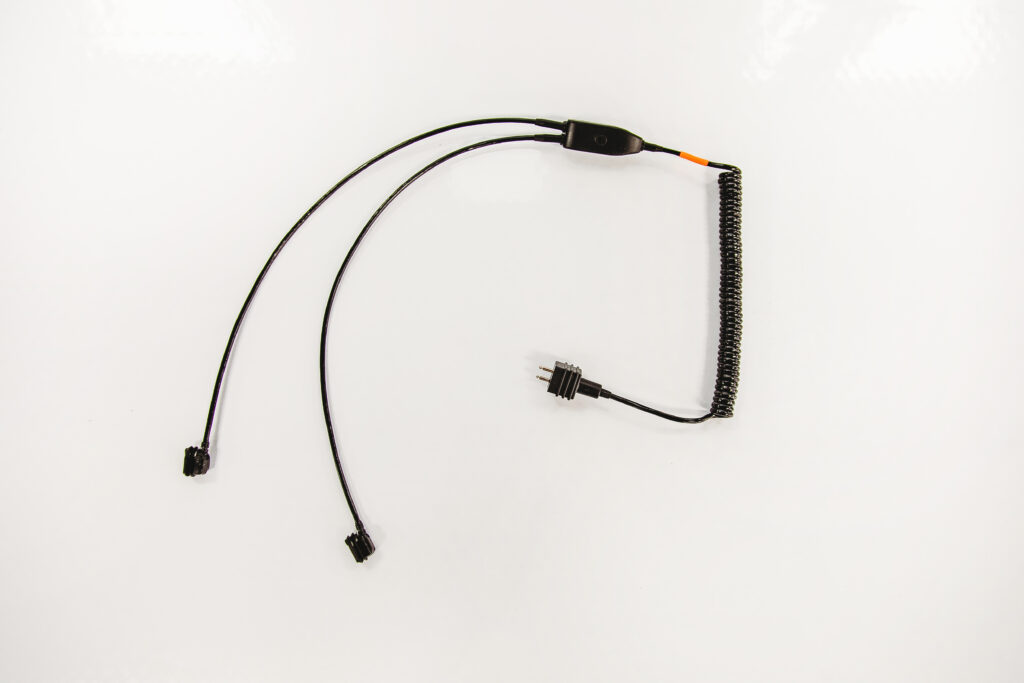Modern aircraft need reliable avionics cable assemblies to stay safe and run efficiently. From navigation to in-flight communication, every system depends on a strong electrical wiring interconnect system.
At the heart of these systems are high-quality aircraft cable assemblies. These assemblies connect critical flight instruments, communication systems, and navigation controls. High-quality aircraft electrical wiring solutions reduce failures, minimize interference, and deliver long-term performance. Without precision in cable production, even minor wiring issues can lead to costly malfunctions or safety risks.
Preventing Electrical Failures with Avionics Cable Assemblies
Did you know that aircraft constantly face electromagnetic interference? Aircraft safety hinges on efficient electrical connections. Just one weak link can lead to signal loss, unstable avionics, or even a total system shutdown.
Navigation mistakes can happen if the GPS connection is not working right, which could throw pilots off course. If radios act up, pilots might miss out on important instructions. And if there’s an engine or system failure, poorly done wiring could set off false alarms or even cause real issues.
Common reasons for electrical problems include:
- Loose or corroded connections: Over time, connectors can wear out and cause on-and-off failures.
- Bad insulation: Poorly insulated wires can short circuit or lose voltage.
- Low-quality materials: Cheap wiring doesn’t hold up well under the stress of flying and tends to break down quicker.
Avionics cable assemblies use tough insulation, precise crimping, and high-pressure connectors for durability. They play a key role in keeping electrical systems secure. Maintenance teams inspect them regularly with thermal imaging, voltage drop tests, and other checks to guarantee a successful operation.
Shielding Aircraft Electrical Wiring Solutions
Airplanes are surrounded by all sorts of electromagnetic signals, both from their own systems and from the outside world. Without proper shielding, avionics cables can pick up interference, disrupting signals and communication. Common sources include radar, radio signals, power lines, and weather, which can worsen these disruptions.
To combat EMI, high-performance aerospace cables use shielding techniques such as:
- Braided and foil shielding : Blocks external interference.
- Twisted-pair configurations: Minimizes crosstalk between wires.
- Conductive coatings: Provides an extra layer of protection against electromagnetic fields.
These features ensure that avionics signals remain clear and uniform.
In today’s electrical systems, fly-by-wire tech relies completely on electronic signals to manage flight operations. Shielded data cables play a key role in making sure these commands get through correctly, which helps avoid any issues with flight control.
Strong EMI protection is crucial for sending data to flight displays and control computers. This way, pilots can get accurate, real-time information while flying.
Meeting Aerospace Standards
How do aircraft wiring solutions stay durable in extreme conditions? Aviation wiring has to meet some rules to keep things safe and functioning properly. Unlike regular consumer electronics, aircraft wiring must handle high heat, moisture, vibrations, and pressure changes.
Key industry standards for cable production include:
- ISO 9001:2015 – Verifies that manufacturing processes meet consistent quality requirements.
- J-STD-001 – Defines acceptable soldering and connection standards.
- IPC/WHMA-A-620 – Establishes quality criteria for wire and cable assemblies.
To meet these standards, manufacturers use advanced processes like:
- Automated wire cutting and stripping – Offers regular wire lengths and prevents frayed edges.
- Precision crimping and soldering – Provides secure, long-lasting connections.
- Environmental stress testing – Simulates extreme conditions to verify reliability.
- Heat shrinkable tubing – Protects wiring from abrasion, moisture, and chemical exposure, adding another layer of reliability.
Aerospace manufacturers are now using lighter cable systems that still manage to be durable. They’re including materials like Teflon and Kapton insulation, which offers high resistance. These upgrades have made planes use less fuel.
They have also improved how well planes perform, especially with electric aircraft. Having a reliable power source and performance wire are crucial for keeping everything running properly over time.
Avionic Cable Assemblies
High-quality avionics cable assemblies are essential for keeping aircraft systems running smoothly. They provide consistent power, reduce interference, and follow strict aerospace guidelines. Made with tough materials and advanced shielding, these wiring solutions ensure safety in both commercial and military planes. As technology evolves, new cable solutions will keep influencing the future of electric aircraft and avionics systems.
Have questions or need support? Reach out — we’re here to help.

